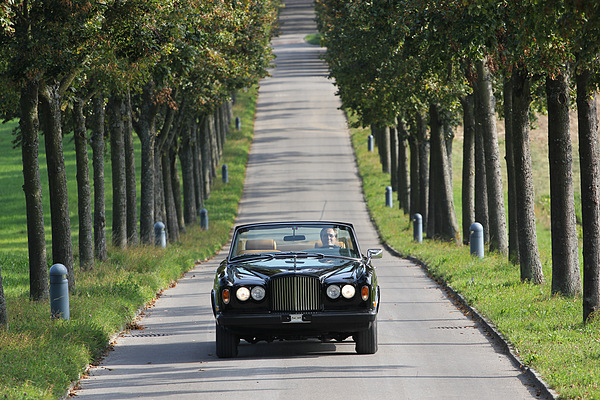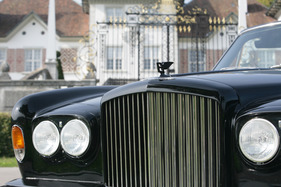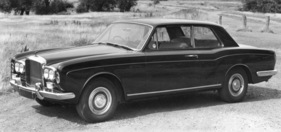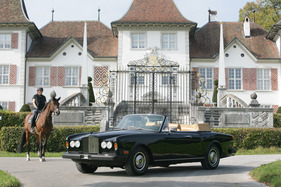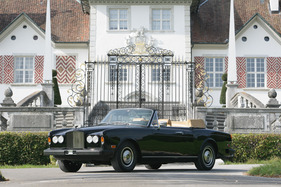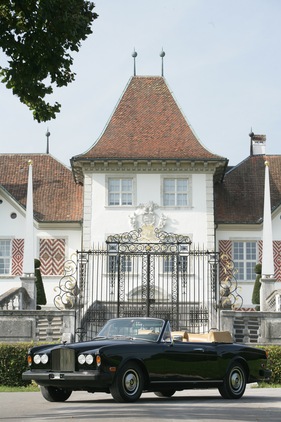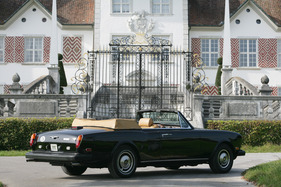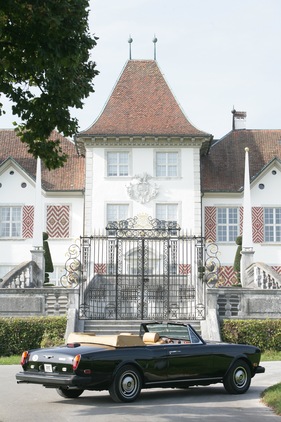Bentley and Rolls-Royce Corniche - about the lightness of being and driving
Summary
The Rolls-Royce Silver Shadow and the Bentley Corniche, which were both launched in 1965, were followed by a coupé and a convertible version in 1967/1968, originally called the Drophead Coupé, but renamed Corniche in 1971. The elegant convertible and its closed sister were built for almost thirty years, in each case as a Rolls-Royce or a Bentley. The report looks at the history of these vehicles, design aspects and market acceptance and shows many historical photos, original brochures and press information alongside current images.
This article contains the following chapters
- A break with the past
- Coupé and convertible as creative derivations
- Design almost for eternity
- A lot of manual work, long construction time
- Corniche and Reader's Digest
- For spoiled enthusiasts
- Individuality and quality, but not top performance everywhere
- Long construction period and many improvements
- Rare, rarer, rarest
- Like David Bowie once did
- Attention - note the garage size
- Production statistics
- Further information
Estimated reading time: 9min
Preview (beginning of the article)
You somehow feel relieved of all worries when you glide almost weightlessly along the roads in the Bentley Corniche, the air in your hair, the dull rumble of the large-volume eight-cylinder engine in your ears. Everything is effortless, a flick of the finger is all it takes, electric assistance included. The Corniche is the Bentley/Rolls-Royce for self-drivers, although celebrities such as Elton John or David Bowie, who incidentally once traveled in the photographed black Bentley Corniche, were also chauffeured. When Rolls-Royce presented the Silver Shadow saloon and the identical Bentley T Series in Paris in 1965, a whole series of traditions were broken. A self-supporting body made of sheet steel, drastically improved aerodynamics compared to its predecessors, increased passive safety and tighter dimensions without sacrificing utility were some of the innovations that Rolls-Royce developers tested from the mid-fifties onwards, first with the Tibet project and then with a series of prototypes, before developing them into the Silver Shadow saloon. And it was extremely well received by those who could afford such a vehicle.
Continue reading this article for free?
Photos of this article










































